1. Kim YK, Lee J, Yun JY, Yun PY, Um IW. Comparison of autogenous tooth bone graft and synthetic bone graft materials used for bone resorption around implants after crestal approach sinus lifting: a retrospective study. J Periodontal Implant Sci. 2014; 44:216–221. PMID:
25368809.

2. Jun SH, Ahn JS, Lee JI, Ahn KJ, Yun PY, Kim YK. A prospective study on the effectiveness of newly developed autogenous tooth bone graft material for sinus bone graft procedure. J Adv Prosthodont. 2014; 6:528–538. PMID:
25551014.

3. Park SM, Hwang JK, Kim YK, Um IW, Lee GH, Kim KW. Microscopic feature, protein marker expression, and osteoinductivity of human demineralized dentin matrix. J Korean Dent Sci. 2012; 5:77–87.

4. Kim YK, Kim SG, Um IW, Kim KW. Bone grafts using autogenous tooth blocks: a case series. Implant Dent. 2013; 22:584–589. PMID:
24225779.
5. Kim YK, Um IW, Murata M. Tooth bank system for bone regeneration: safety report. J Hard Tissue Biol. 2014; 23:371–376.
6. Lee JY, Kim YK, Um IW, Choi JH. Familial tooth bone graft: case reports. J Korean Dent Assoc. 2013; 51:459–467.
7. Murata M. Autogenous demineralized dentin matrix for maxillary sinus augmentation in humans: the first clinical report. Gothenburg: 81th International Association for Dental Research;2003.
8. Lee DH, Yang KY, Lee JK. Porcine study on the efficacy of autogenous tooth bone in the maxillary sinus. J Korean Assoc Oral Maxillofac Surg. 2013; 39:120–126. PMID:
24471029.

9. Kim YK, Jun SH, Um IW, Kim SY. Evaluation of the healing process of autogenous tooth bone graft material nine months after sinus bone graft: micromorphometric and histological evaluation. J Korean Assoc Maxillofac Plast Reconstr Surg. 2013; 35:310–315.

10. Kim SK, Kim SW, Kim KW. Effect on bone formation of the autogenous tooth graft in the treatment of peri-implant vertical bone defects in the minipigs. Maxillofac Plast Reconstr Surg. 2015; 37:2. PMID:
25750910.

11. Pikos MA. Mandibular block autografts for alveolar ridge augmentation. Atlas Oral Maxillofac Surg Clin North Am. 2005; 13:91–107. PMID:
16139756.

12. Um IW, Lee JK. Familial tooth bone graft. In : Murata M, Um IW, editors. Advances in oral tissue engineering. Chicago: Quintessence Publishing;2014. p. 67–72.
13. Kim YK, Kim SG, Oh JS, Jin SC, Son JS, Kim SY, et al. Analysis of the inorganic component of autogenous tooth bone graft material. J Nanosci Nanotechnol. 2011; 11:7442–7445. PMID:
22103215.

14. Murata M. Collagen biology for bone regenerative surgery. J Korean Assoc Oral Maxillofac Surg. 2012; 38:321–325.

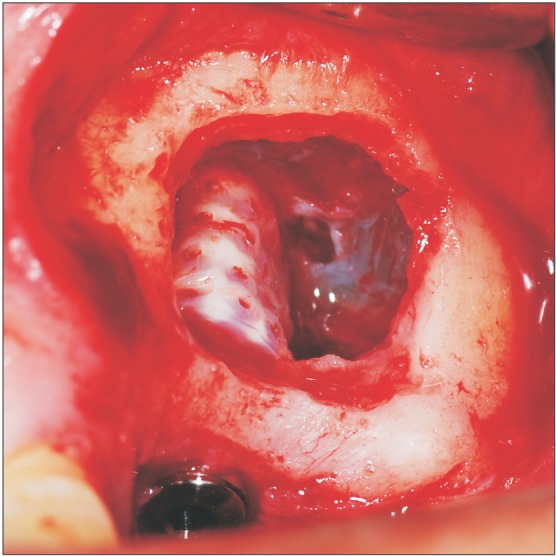
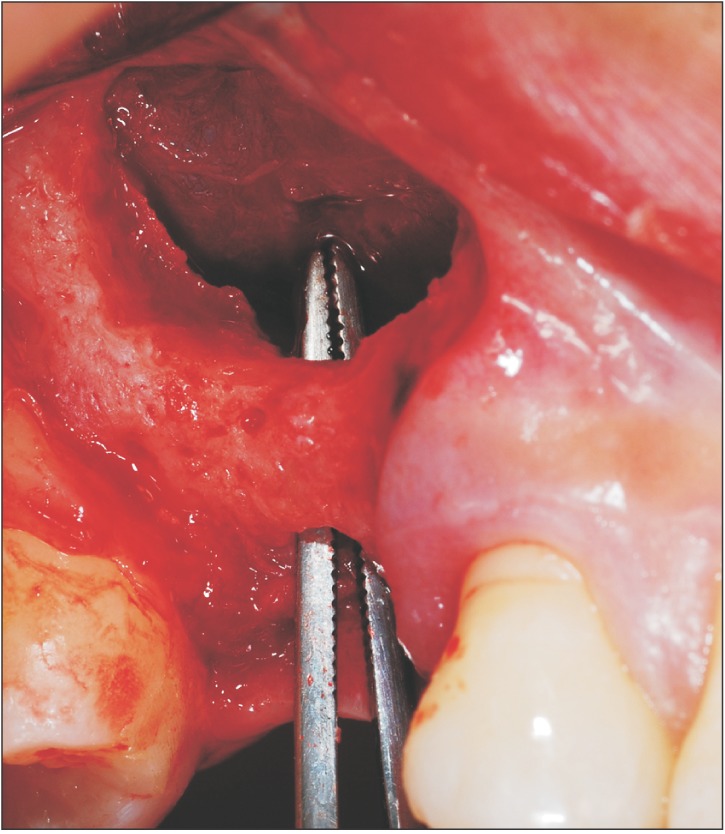





 PDF
PDF ePub
ePub Citation
Citation Print
Print


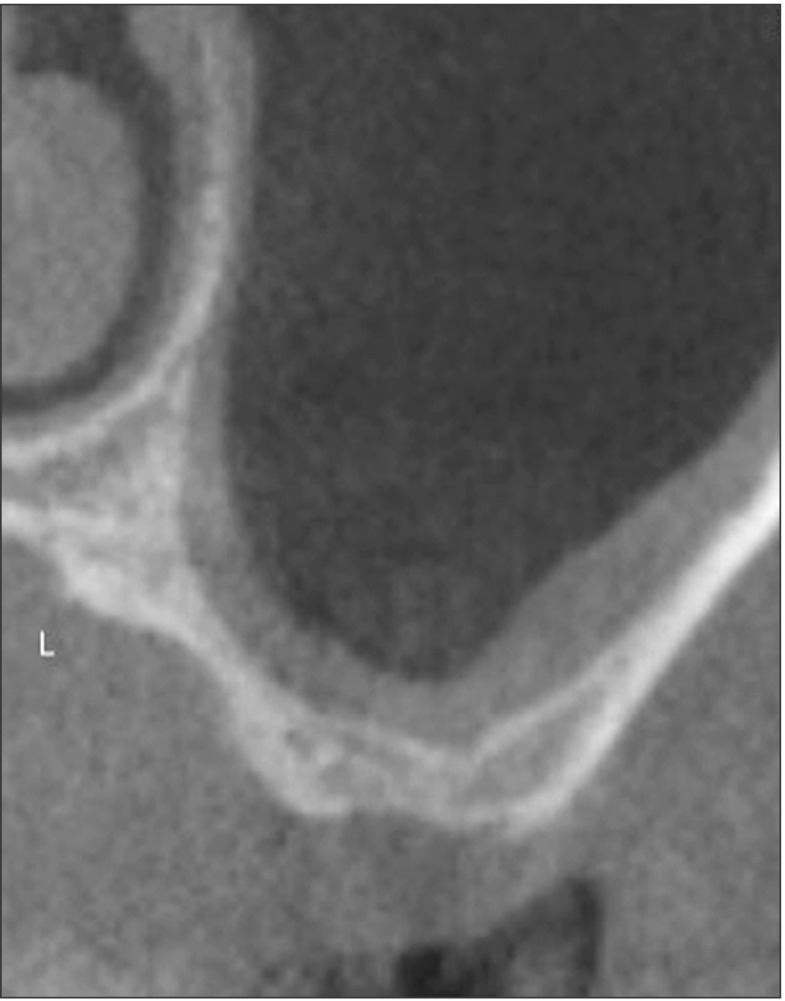
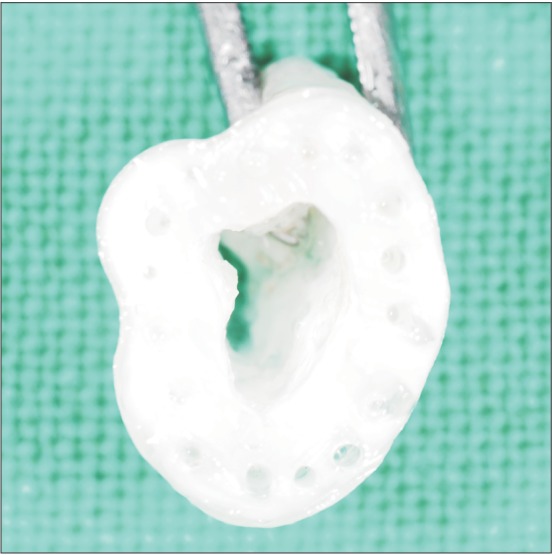
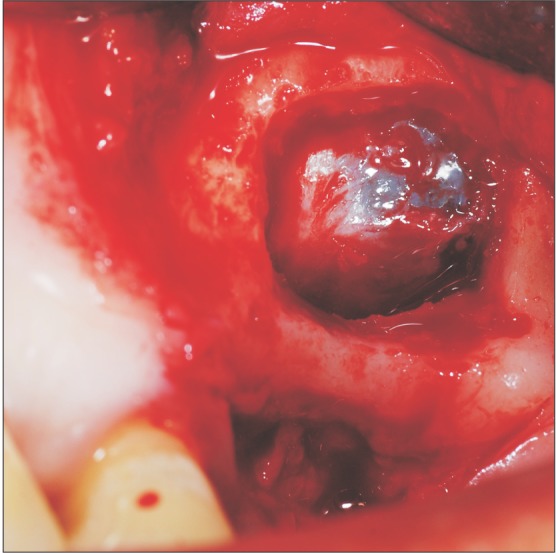
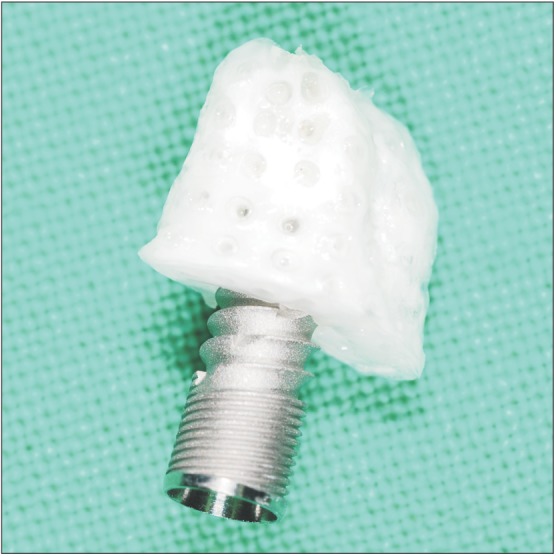
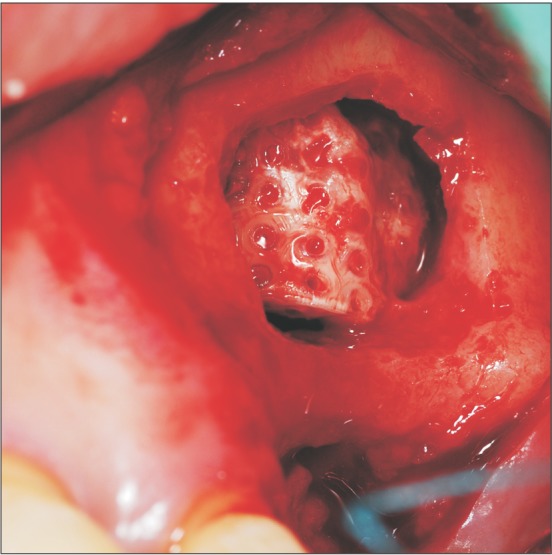
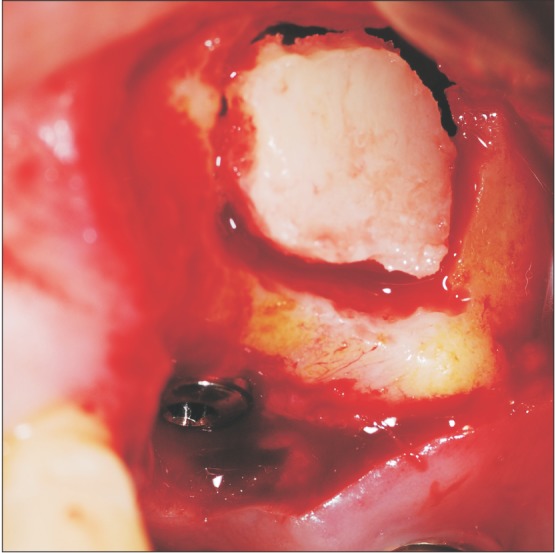
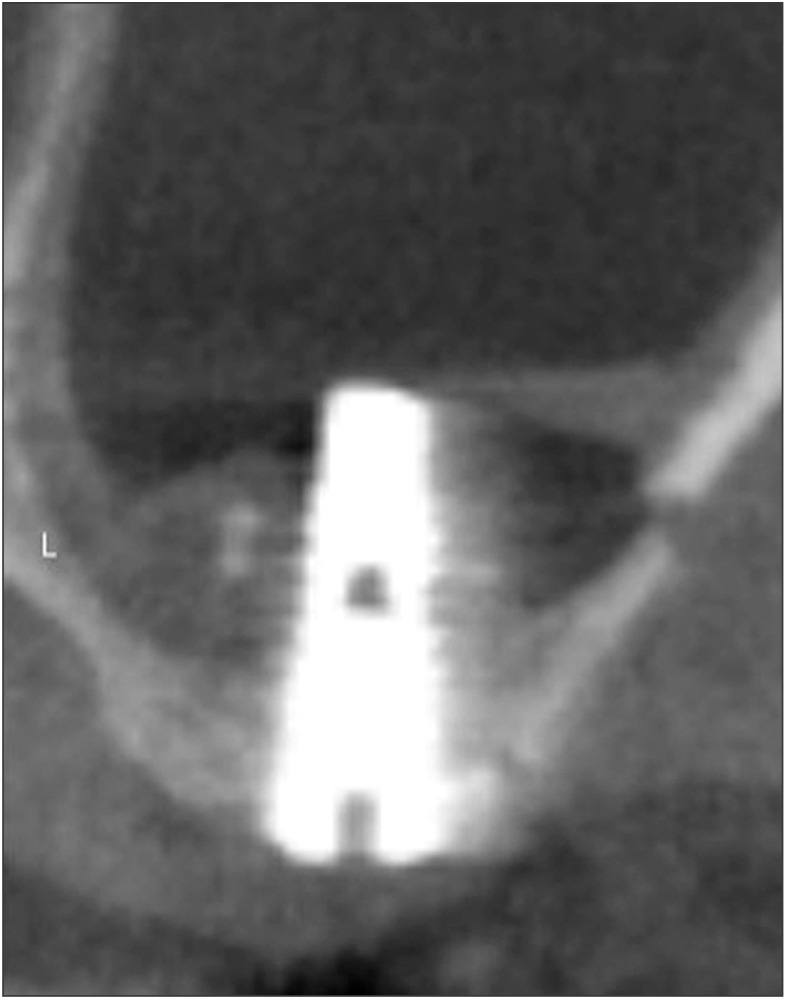
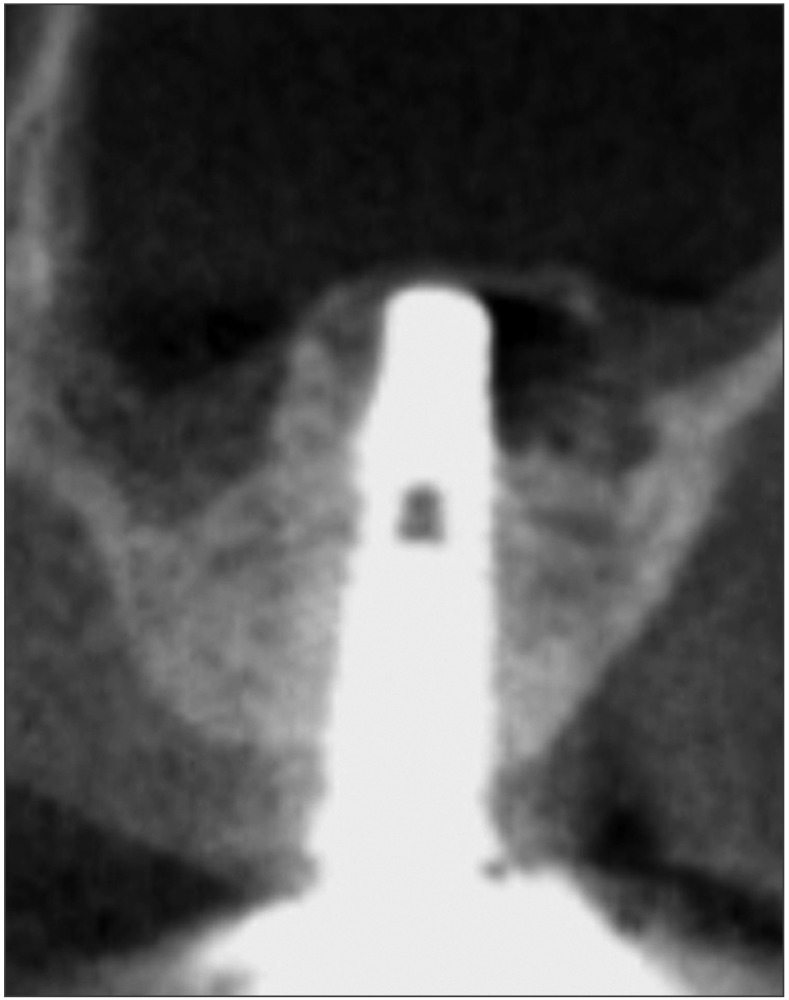
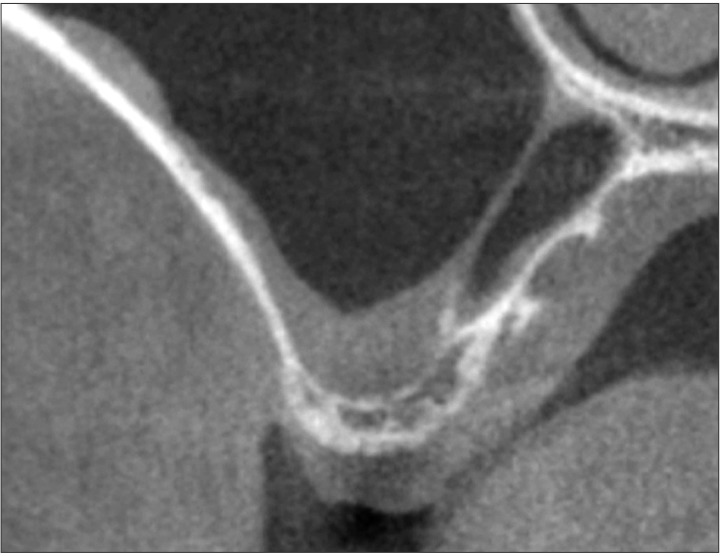
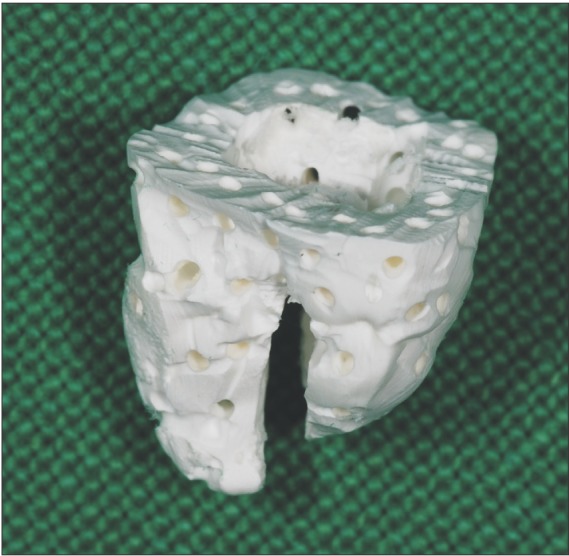
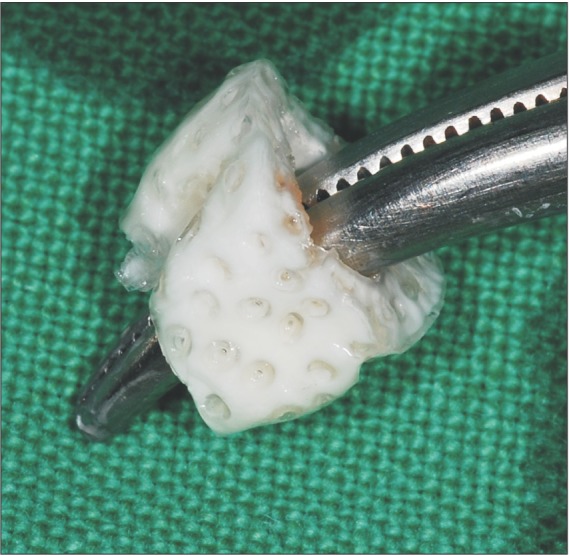
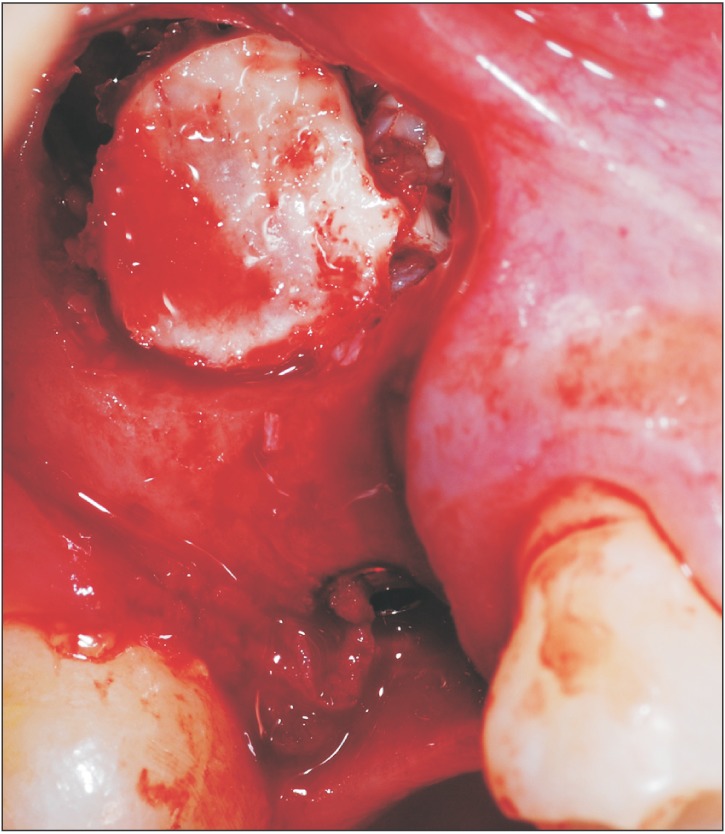
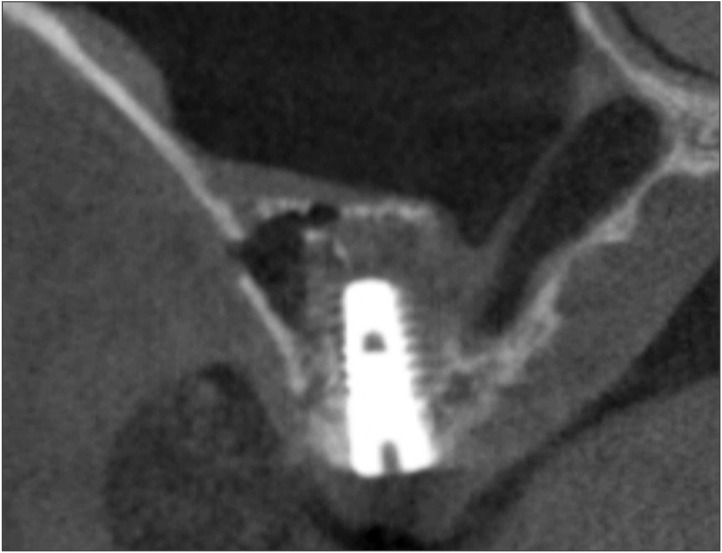
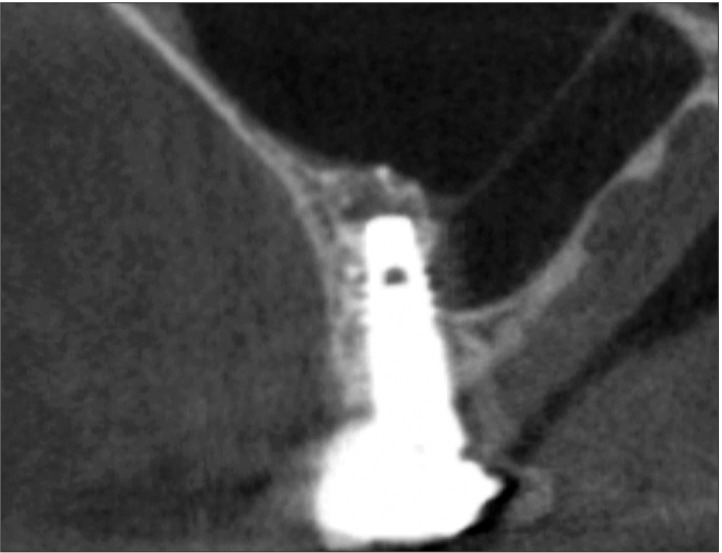
 XML Download
XML Download